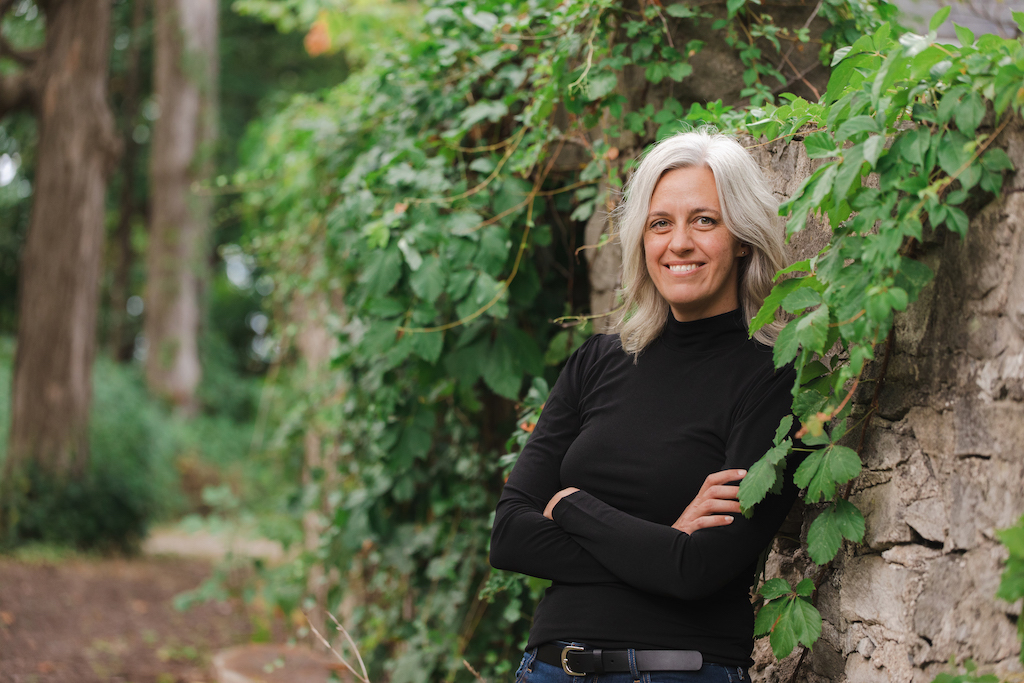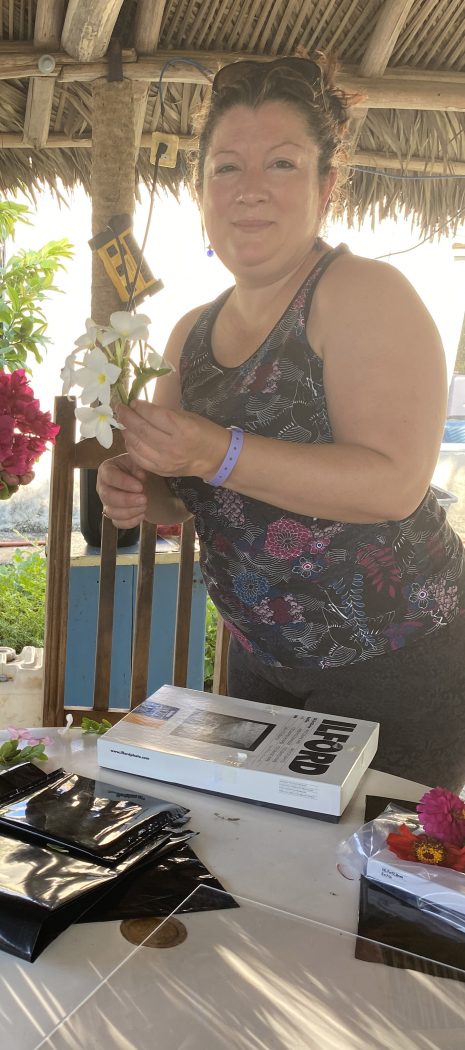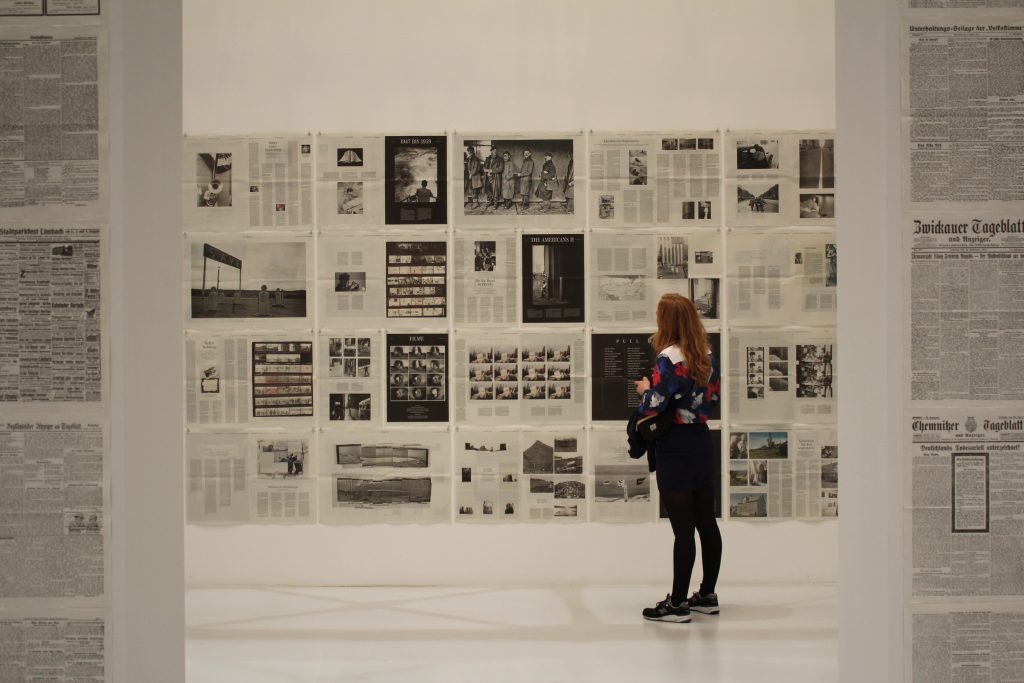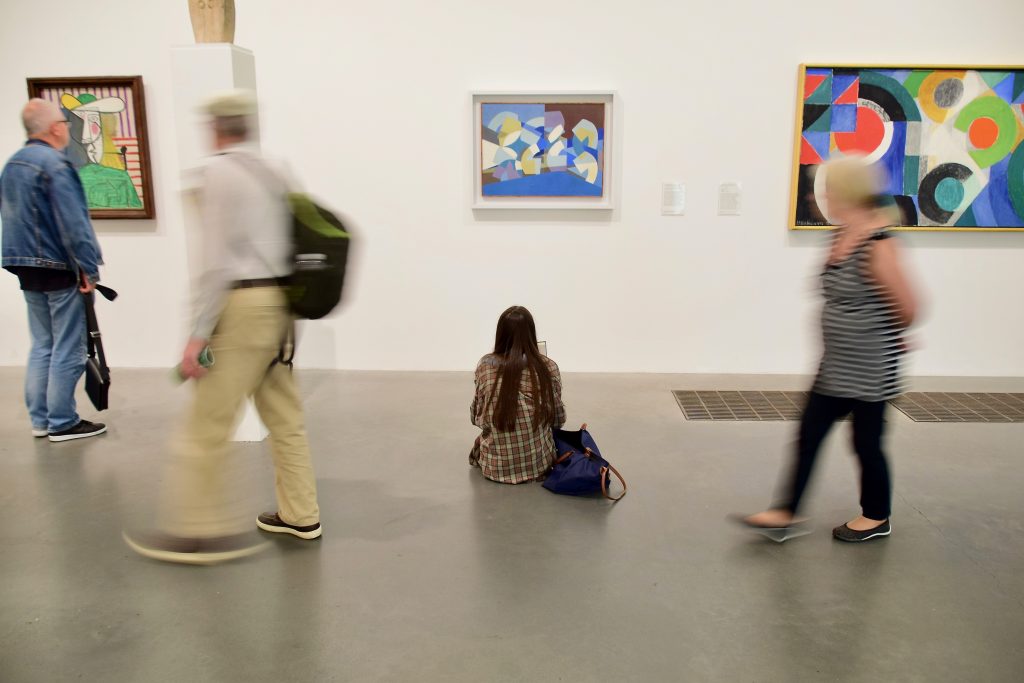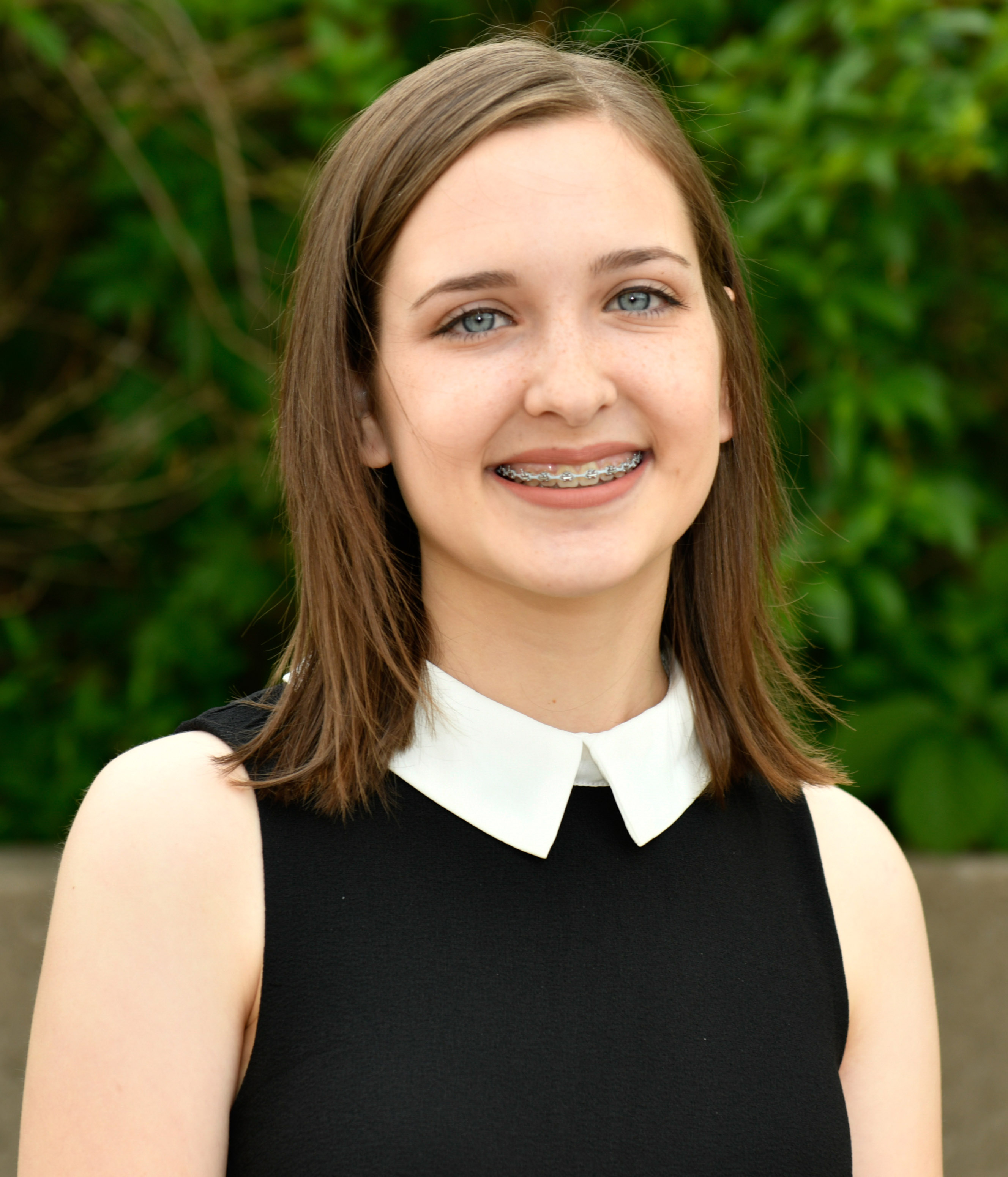Image caption: Sara Fellman, a Studio Arts student and member of the Brock fencing team, earned her degree from the Faculty of Humanities on Friday, June 14.
FRIDAY, JUNE 14, 2024 | by Stephen Leithwood
Most people would struggle to find the connection between visual arts and the sport of fencing — but Sara Fellman (BA ’24) isn’t most people.
For the international Studio arts graduate, the two activities come together to create a perfect balance between free-flowing creativity and controlled precision. And, in her mind, there was no better place for that collision to happen than Brock University.
Fellman, who hails from Brooklyn, New York, reflected on her academic and athletic journey after crossing the stage to receive her Bachelor of Arts at Brock’s 115th Convocation on Friday, June 14.
Her connection to Canada and Brock began with her father’s belief in the value of Canadian education.
“My dad grew up in Vancouver and went to McGill for his undergrad,” she said. “He firmly believed that Canadian universities had a better bang for his buck, with better quality and reasonable tuition.”
Her first visit to Brock in 2018 with her father solidified her decision to attend the University.
During a tour, she met Tim Stang, Brock’s fencing coach, who played a crucial role in her choice.
“Tim gave me a student-athlete tour of the facilities and the school, talked up the fencing program and reassured me that I didn’t have to have everything figured out at 17 to be successful in university,” she said. “I was sold from then on.”
Fellman’s fencing journey began much earlier, in her elementary school days in Brooklyn.
“I was not an athletic kid; I was kind of a schlub, so when fencing was offered as an afterschool activity at my public elementary school, my parents signed me up,” she said.
What started as a weekend obligation evolved into a passion, especially during a challenging time in high school when fencing became her solace.
“I was having a hard time emotionally, and I found solace in winning fencing competitions,” she said. “Since then, I’ve been in love with fencing.”
At Brock, Fellman’s love for the sport deepened, thanks to the dedicated coaching staff.
“All my coaches have had a major impact on me and my fencing. Starting with my first coach Rolando Balboa from Brooklyn Fencing,” she said. “Kathy Girard at Brock University genuinely changed the way I understood fencing for the better, and of course, Tim Stang taught me how to utilize my fire, but still be polite and pleasant off the fencing strip.”
Stang speaks highly of Fellman’s contributions to the team.
“Sara was a pivotal member of the team. From Day 1, she brought immense passion for the game which was infectious to all around her,” Stang said. “Over her span at Brock, Sara has taken her passion and tempered it with a much deeper understanding of the sport. There is no stopping where she can go from here.”
She won several Ontario University Athletics (OUA) Championship medals as a member of the Brock women’s fencing team since joining in 2019.
Later this month, Fellman will compete in the USA National Championships, which take place in Columbus, Ohio, from June 29 to July 8.
Fellman’s academic journey was equally enriching. She earned the Badgers’ Academic Excellence Award, which is awarded to student-athletes who achieve a high average.
An artist at heart, she explored various mediums, including drawing, printmaking, painting, analog photography and sculpture, with a keen interest in performance and political art at the Marilyn I. Walker School of Fine and Performing Arts.
“Through my artwork, I hope to explore ways I remain connected to cultural heritage, home and family,” she said. “Moving forward, I’ll work towards a trauma-informed practice, making space and highlighting the voices of the marginalized and oppressed with a focus on fostering community.”



